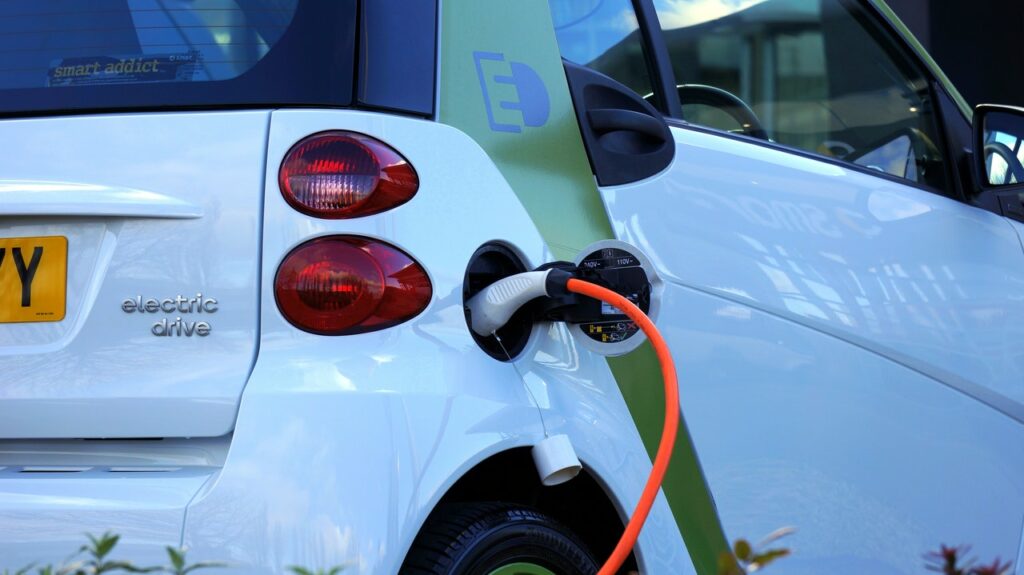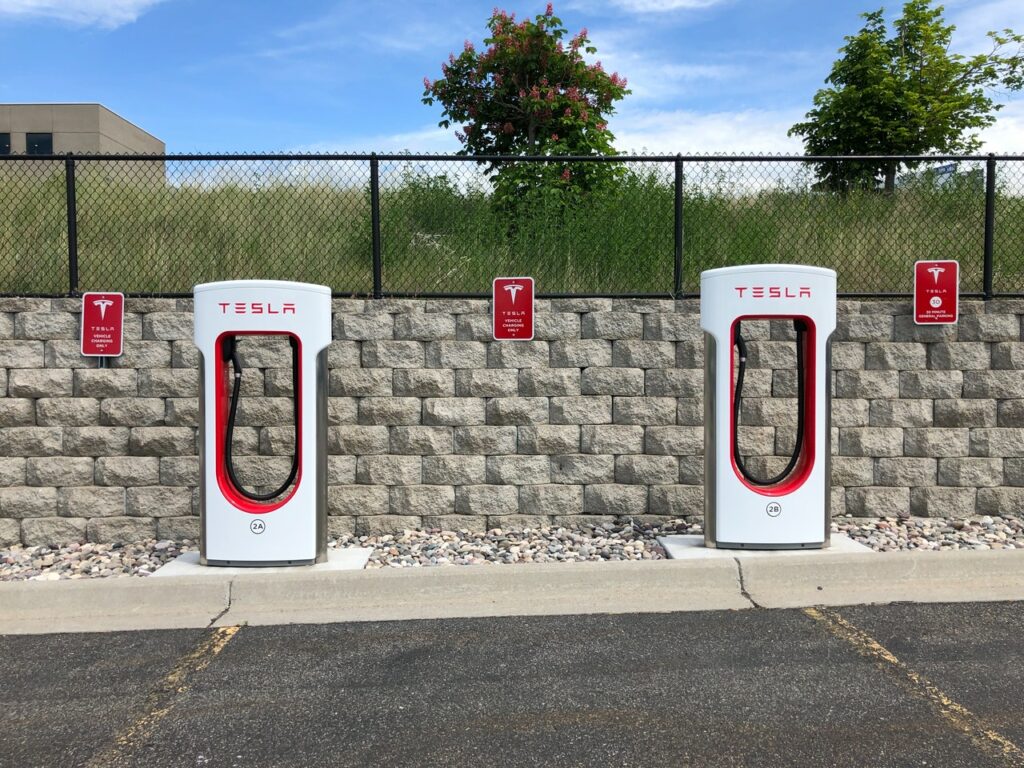
As we all know, electric vehicles are popular throughout the world. Especially with the rising of Tesla, drivers worldwide now turn their attention to electric cars. So will electric cars appear in Jamaica?
The Future of Electric Cars in Jamaica
In order to answer this question, we need the help from the Minister of Energy, the Hon. Daryl Vaz. According to his presentation at the Caribbean Renewable Energy Forum (CREF), Jamaica set a goal for electric cars very clearly. To be more specific, they want 10% of transportation to be powered by electricity in the year 2030. In short, there will be one electric car in every 10 automobiles on the street.
This is considered to be a progressive and bold pronouncement. To be more specific, this is hard to meet the goal of meeting the Nationally Determined Contributions (also known as NDC) under the Paris Agreement. In fact, it is not achievable with the current transition of power generation, so Jamaica needs changes.

Along with that, this also aims to reduce oil imports, as well as pressure on the exchange rate. This results in tremendous savings to the purse of the government.
And in order to fulfill the goal, there are two questions that we must answer first: How much cheaper will it be and what drivers must do when they need to recharge the battery. In this article, we set our goal to provide a metric for calculating the rates by using simple illustrations.
Along with that, we also calculate the fuel cost when operating these cars, as well as demonstrate the ease of charging.
The Electric Bill
It is crucial to know that owning an EV will definitely raise the cost of your monthly electric bill. This is due to high energy rates in Jamaica. And if you are wondering how much higher it can be, the low demand in the e-mobility sector is one of the factors.
As the main way of calculating the efficiency of fuel consumption in motor vehicles, we use the relationship of kilometers per litre or miles per gallon. And once we know the efficiency of the car along with the fuel’s cost, it is easy to convert into cost. Let’s take the Nissan Note as an example: This automobile gives 10 km per liter (around 24 miles per gallon). With the rates of $135 every litre as today’s gasoline rates, car owners will pay $1350 for each 100 kilometre.
SEE MORE
And when we have a battery driving the electric motors powering the fuel efficiency for EV (electric vehicle), the conversation changes greatly. Based on the distance travelled, the car manufacturers can list the efficiency. The capacity of the battery while fully discharged is also counted. Another example is the Nissan Leaf. According to Jamaicars.com, if you want to know how far you can drive on a full charge, this vehicle has a range of 230km along with a 40kWh battery.
If you want to compare two vehicles, we have the Nissan Note against the Nissan Leaf since they have the similar size. With the efficiency of 16kWh every 100km, Nissan Leaf is famous for its fully electric ability.
Car owners can use the cost of electricity to charge the battery in order to deliver a similar distance. For this, car owners have two selections: the first one is to buy a level 2, 220V, 6.6kW outlet charger. Car owners need around 6 hours with the level 2. The second one is the typical 110V, 1.4kW outlet installed at home.

However, Nissan Leaf owners need more than 28 hours to fully charge. Both of these have different charging times, and this of course, affects the cost. According to the residential rate for electricity in Jamaica which is $35 per kWh. This means the cost for one 100km trip is $560. If you are driving a Nissan Note, the same distance only costs 40% of the equivalent cost of fuel used. For a distance from Harbour Street Downtown Kingston to Portmore Pines, which is 16km, you will lose $1,350 with a Nissan Note and $560 with Nissan Leaf.
The Location to Charge the Car
And the next question we have is where to charge the car.
Normally, EV owners around the world charge their cars at the office or at home. Car owners usually park their vehicles there. They can also do a charging technique called “top up” instead of patiently waiting until the battery is completely full.
Another way is to use public charging stations. They are very convenient for both work trips and long vacations.



